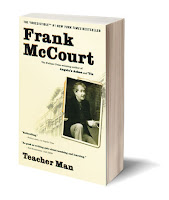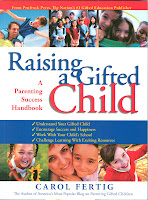Many people tell me that they enjoy writing and they have great ideas, but they never put pen to paper. Or they may spend a couple of days or weeks at it and then give up. Writing is a solitary experience; therefore, it requires a lot of self-discipline. If you really want to write, you have to push on through the difficult parts and “Just do it!”
As much as I like to write, I often have trouble finding time. To be productive, I find that I have to discipline myself and commit to at least a couple of hours a day. No excuses allowed.
Decades ago I heard Joanne Greenberg (author of I Never Promised You a Rose Garden) speak. She said that she wrote every morning for at least one hour, 365 days a year. I couldn’t understand how she could publish all the books that she has authored by just writing as little as an hour a day. Now I realize that it is the consistency of that disciplined approach that allowed her to be so prolific. Interruptions were not permitted and she never wavered from the time committed.
Another writer may work all morning, five days a week for six months, then take the next six months off. There is no one way to accomplish the task of actually finishing a project, but one does need to come up with some sort of plan.
In the first entry of this blog, I listed several different types of writing that I want to pursue. Right now, I am seriously working on the first one. Every day, I spend a couple of hours going through all the blog entries I wrote for Prufrock’s Gifted Child Information Blog from March 2005 to August of this year, checking the Internet links, and determining what information is still current and what is out-dated. As soon as I finish that process, which is very tedious, I will begin rearranging the information into a form that is user friendly. I haven’t yet decided which approach I will take: a “Best Of” book, a series of articles, or a combination of the two. I think the best format will come to me as I start putting it all together.












